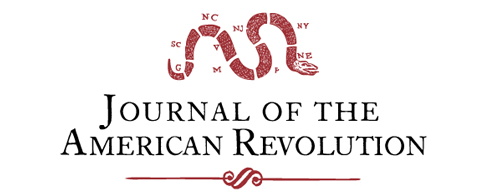Rhode Island Soldiers of Color at Red Bank, Monmouth, and Valley Forge
The 1st Rhode Island Regiment, famously known as the “Black Regiment,” is renowned for its key role in helping to repel three enemy charges at the Battle of Rhode Island on August 29, 1778. What is not widely appreciated is that Rhode Island’s two Continental Army regiments were multi-racial before the famous “Black Regiment” was […]
